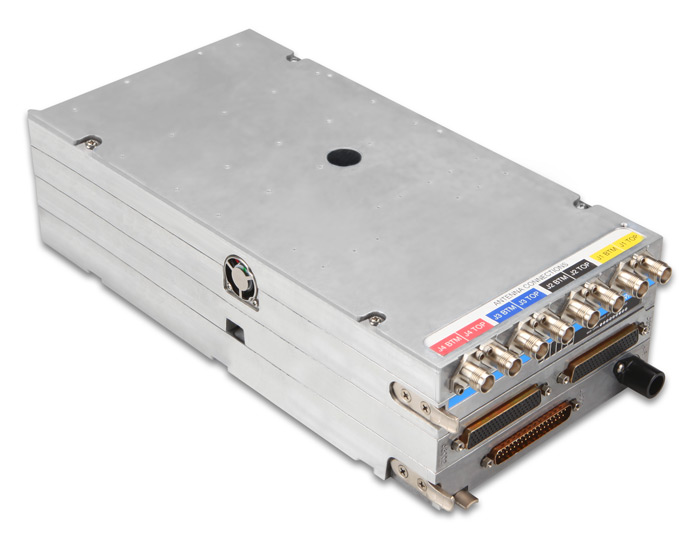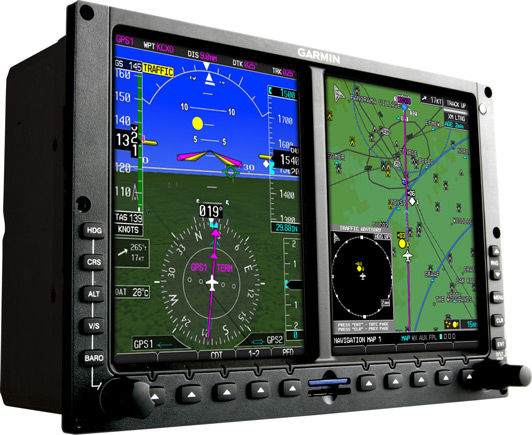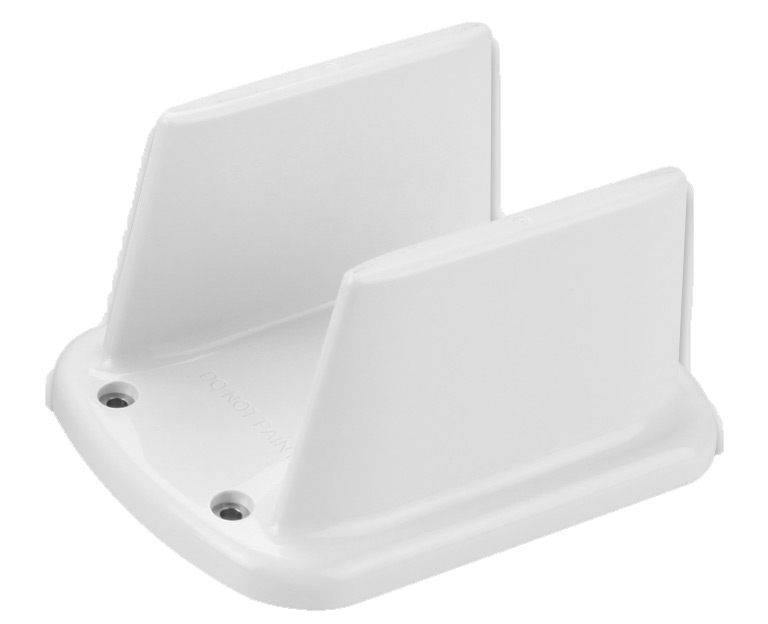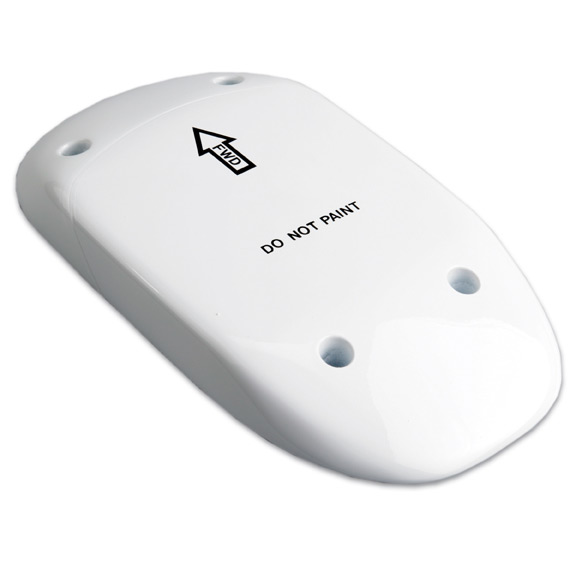Garmin Announcs New GTS 825 & 855
March 28, 2013
New Active Traffic Systems Offer Increased Power, Range
 The new GTS 825 Traffic Advisory System (TAS) and GTS 855 Traffic Alert and Collision Avoidance System (TCAS I) offers improved performance and range. The GTS 825 and 855 each offer 400 watts of transmit power, and 40 and 80 nautical miles of interrogation range, respectively. All Garmin traffic systems combine active and passive surveillance data to pinpoint specific traffic threats, and use Garmin’s patented CLEAR CAS™ technology to correlate ADS-B targets, providing pilots with the most comprehensive traffic picture possible. The new GTS 825 Traffic Advisory System (TAS) and GTS 855 Traffic Alert and Collision Avoidance System (TCAS I) offers improved performance and range. The GTS 825 and 855 each offer 400 watts of transmit power, and 40 and 80 nautical miles of interrogation range, respectively. All Garmin traffic systems combine active and passive surveillance data to pinpoint specific traffic threats, and use Garmin’s patented CLEAR CAS™ technology to correlate ADS-B targets, providing pilots with the most comprehensive traffic picture possible.There are four distinct system configurations for the GTS series, and each model creates a 360-degree zone of detection around the aircraft so pilots can see and identify targets in their airspace that may pose a risk. The GTS 800 TAS is a lower-price system, offering 40 watts of transmit power, which has been validated for a range of up to 22 nautical miles. This is a notable change from the 12 NM range stated in previous product specifications and makes the GTS 800 the best performing active traffic system in its class for $9,995. The GTS 825 TAS delivers 400 watts of transmit power and up to 40 nautical miles of interrogation range. The GTS 855 TCAS I features the same 400 watt performance with up to 80 nautical miles of interrogation range, and is TSO’d to the FAA’s TCAS I certification criteria. Finally, the GTS 8000 is also available which is TSO’d to the FAA’s TCAS II / ICAO ACAS II certification criteria (including Change 7.1 compliance). The GTS 825 and 855 systems are field upgradable to the higher performing models. Simply purchase the applicable enablement coupon for the features desired and enable the associated features using a computer with the GTS Processor Install Tool software found on the dealer resource center. Refer to the installation manual for complete details. All GTS series products come standard with Garmin’s patented CLEAR CAS (Correlated Location Enhanced ADS-B Receiver Collision Avoidance System) technology, a hybrid system that provides real-time information that is totally independent of radar-based air traffic control. CLEAR CAS combines active and passive surveillance data, including 1090 MHz Extended Squitter ADS-B data (ADS-B Out required). In the future, the system will be able to provide enhanced information about a target aircraft including flight ID, altitude, velocity and direction on select displays. Traffic information from the GTS series is displayed on the map page or traffic page of Garmin display systems, as well as select third-party displays, using TAS/TCAS symbology. Additional traffic symbology can be displayed on Garmin SVT-equipped PFDs.  When the GTS product receives replies to its interrogations, it computes the responding aircraft’s range, bearing, relative altitude, and closure rate. Next, it enhances location data received from ADS-B Out equipped targets, plots the traffic location, predicts collision threats, and depicts the information on the traffic display. The TAS and TCAS I systems also include expanded audio traffic alerts in an ATC-like spoken format such as: “Traffic; Eleven o’clock; High; Two miles.” When the GTS product receives replies to its interrogations, it computes the responding aircraft’s range, bearing, relative altitude, and closure rate. Next, it enhances location data received from ADS-B Out equipped targets, plots the traffic location, predicts collision threats, and depicts the information on the traffic display. The TAS and TCAS I systems also include expanded audio traffic alerts in an ATC-like spoken format such as: “Traffic; Eleven o’clock; High; Two miles.”The GTS 825 and 855 are now simpler to install, thanks to the newly designed TNC connections and built in power amplifier. They also offer flexible antenna configurations to help ensure optimum system performance for specific types of aircraft. Customers may choose a single true directional antenna on top of the aircraft, with or without a bottom mounted omnidirectional antenna. High performance aircraft customers may select a top-and-bottom dual directional, normal (Garmin) or low profile (Sensor Systems) antenna configuration. The GTS 825 and 855 have received the FAA’s Technical Standard Order (TSO) authorization, and Garmin will be applying for an FAA Approved Model List Supplemental Type Certificate (AML STC). In addition, the AML STC will allow for G1000 installations to use an HSDB connection with v10.01 software and later. Use this opportunity to remind your customers of the importance of active traffic systems while preparing for NextGen airspace. An active traffic system is the only way to ensure detection of other transponder equipped aircraft. An active traffic system is just as important today (while everyone begins to equip with ADS-B) as it will be after 2020. Even after everyone has equipped with ADS-B, active traffic systems will continue to detect other transponder equipped aircraft that may not be required to equip with ADS-B, while flying at low altitudes outside of the range of an ADS-B ground station, or while flying outside of the U.S. For the best traffic and ADS-B solution, consider pairing an active traffic system with a GDL 88 ADS-B datalink. Together, these products will correlate all traffic sources (other transponder equipped aircraft as well as ADS-B equipped aircraft), provide subscription-free weather, and meet the requirements for ADS-B out for aircraft flying below 18,000 feet. |
|
Antenna Configurations |
||||
 |
 |
|||
| GA 58 quadrapole | High-speed / Low Profile (Top and/or bottom mount) | |||
12 years ago

